- It’s what we do – adventure motorbike riding tours magazine news events
- Dakar 2019: The Wish
- Yamaha Ténéré 700: First Aussie Ride!
- Under African Skies – australian adventure motorbike magazine
- Ducati Multistrada Enduro 1260
- Congregations (NSW and WA)
- Royal Enfield Himalayan – adventure motorbike magazine – australia
- Kimberley Dreaming
- Ural Adventure Ride = australian adventure motorbike magazine
- Bali Tour 2019 – Perth Adventure Riders
- Scott Britnell
- Window Shopping
- Fathers Day = australian adventure motorbike magazine
- Blue Banger Run = adventure motorbike riding
- KLRRR
- Best Job In The World
- Tubeless Bliss with Miles Davis
- Retyrement with Andy Strapz
- Food For Thought with Karen Ramsay
- Checkout
- Fit Out
We had a ball on this bike when it was released in 2017. We loved the simplicity and how it seemed to be all about the fun. Now with EFI and ABS, it’s every bit as enjoyable, with maybe just a small nod to the modern world.
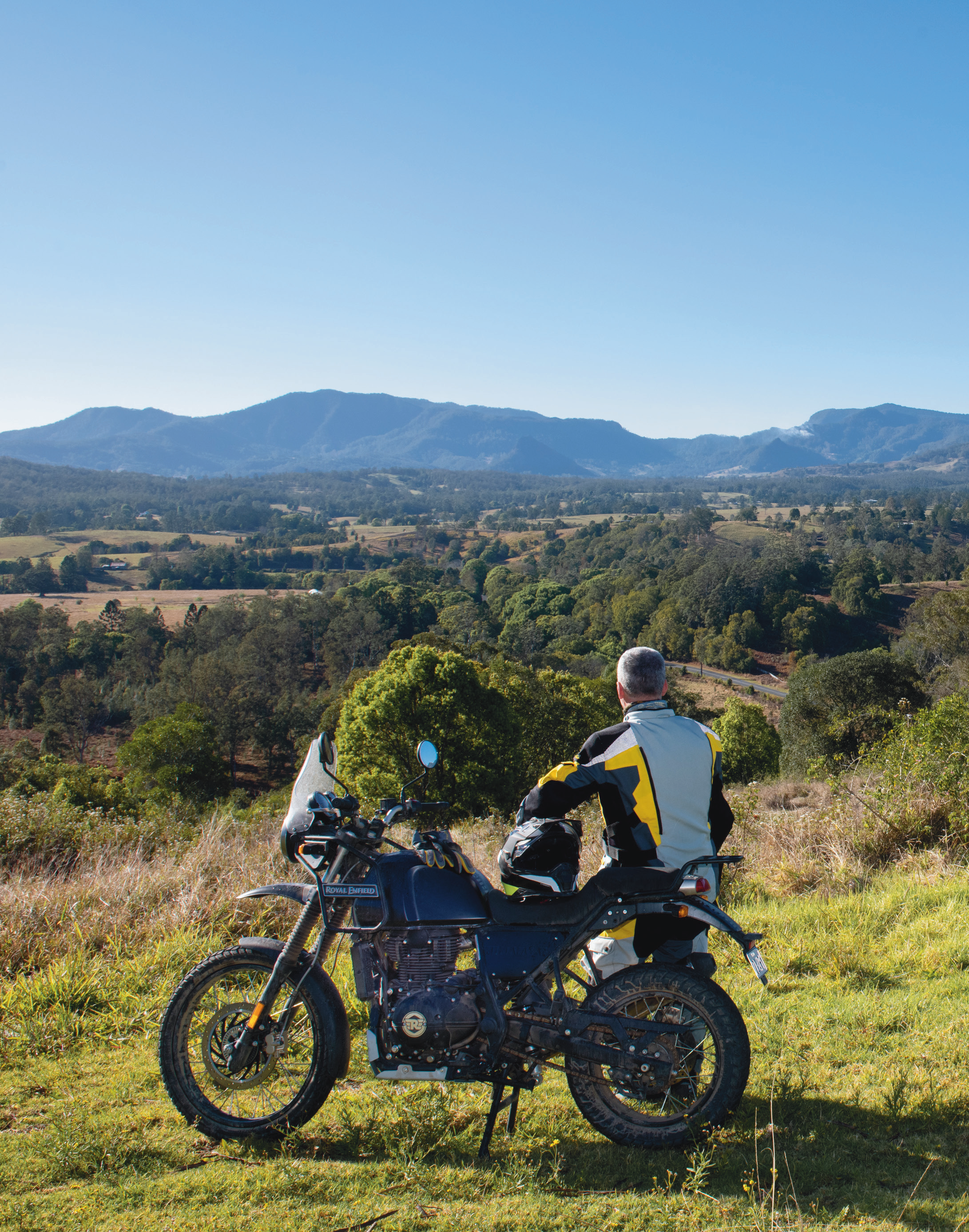 The Himalayan is all about just getting out there and living life to the full.
The Himalayan is all about just getting out there and living life to the full.
It was in issue #24 we rode the first Himalayan in and around the Great Ocean Road in Victoria, and we made no secret of how much we enjoyed the bike. For sure Royal Enfield Australia turned on a stellar launch with incredible riding and amazing catering, but as we said at the time, it seemed to us that’s what the Himalayan was all about – just getting out there with some great people and living life to the full. It might be worth readers going to back to that issue and reviewing our impressions, because they’ll nearly all apply to the EFI bike.
For 2019 very little has changed with the Himalayan. The company gathered a great group of people together, took them to a superb location and let them loose. The bike is the same except for the addition of ABS and fuel injection, and although we’re talking about a 411cc, single-cam, air-cooled motor and only simple suspension, we once again came away wishing we could do a lot more riding the way it was done at this launch.
The people, catering and location were fabulous, but again, the bike was the biggest part of the experience, and we’re thinking that’s what the Himalayan offers most of all: an experience.
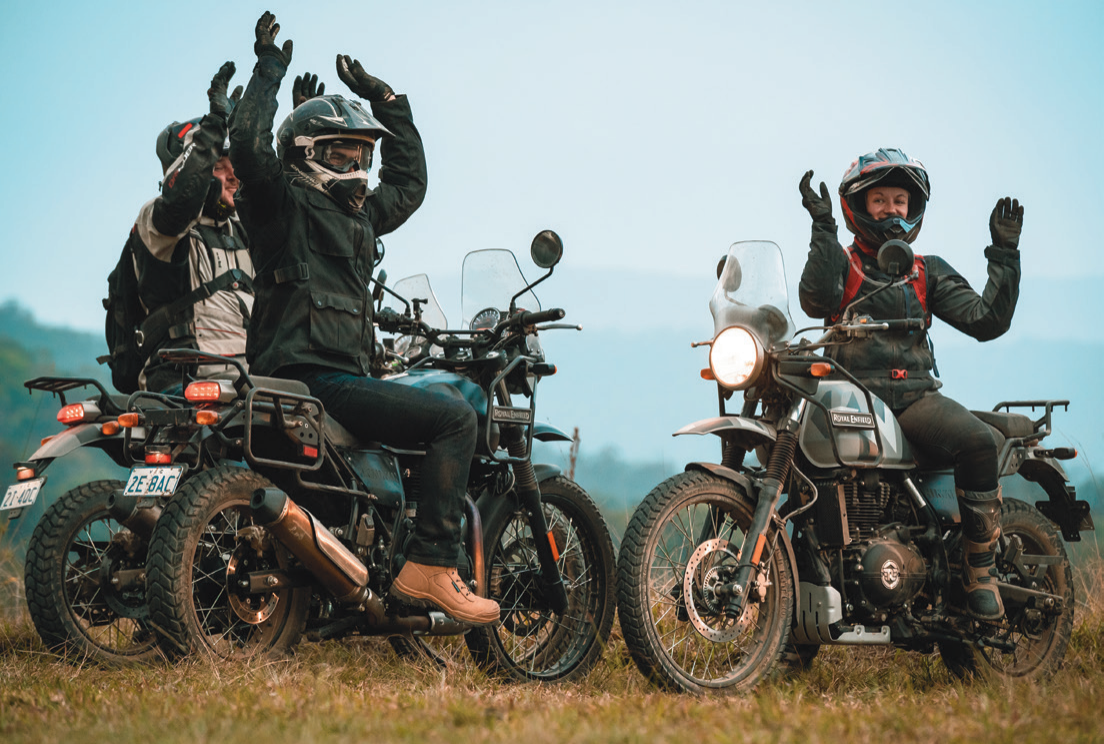 There always seems to be a lot of clowning around whenever the Himalayans are involved. It’s one of the things Adventure Rider Magazine enjoyed most about the bike.
There always seems to be a lot of clowning around whenever the Himalayans are involved. It’s one of the things Adventure Rider Magazine enjoyed most about the bike.
Same, but different
The motor, gearbox and final drive on the fuel-injected Himalayan are unchanged, and that’s good news.
Potential buyers of a bike like this won’t be looking for 150 horsepower and adjustable high- and low-speed compression damping front and rear.
There’ll be a group of LAMS buyers for sure, and some who shop in the price range – this is an incredibly inexpensive bike – and a few perhaps who feel they’re buying into a very respected and historically significant marque. None of those groups will be disappointed. The Himalayan will answer all their expectations.
But in the adventure segment there may well be a group who look to the bike in the hope of it being a simple, rugged, easy-to-own dualsporter, which coincidentally meets all the criteria of the other groups we listed. That group won’t be disappointed either.
We’d go as far as saying anyone who found themselves feeling short-changed with the Himalayan should urgently get themselves a fun transplant.
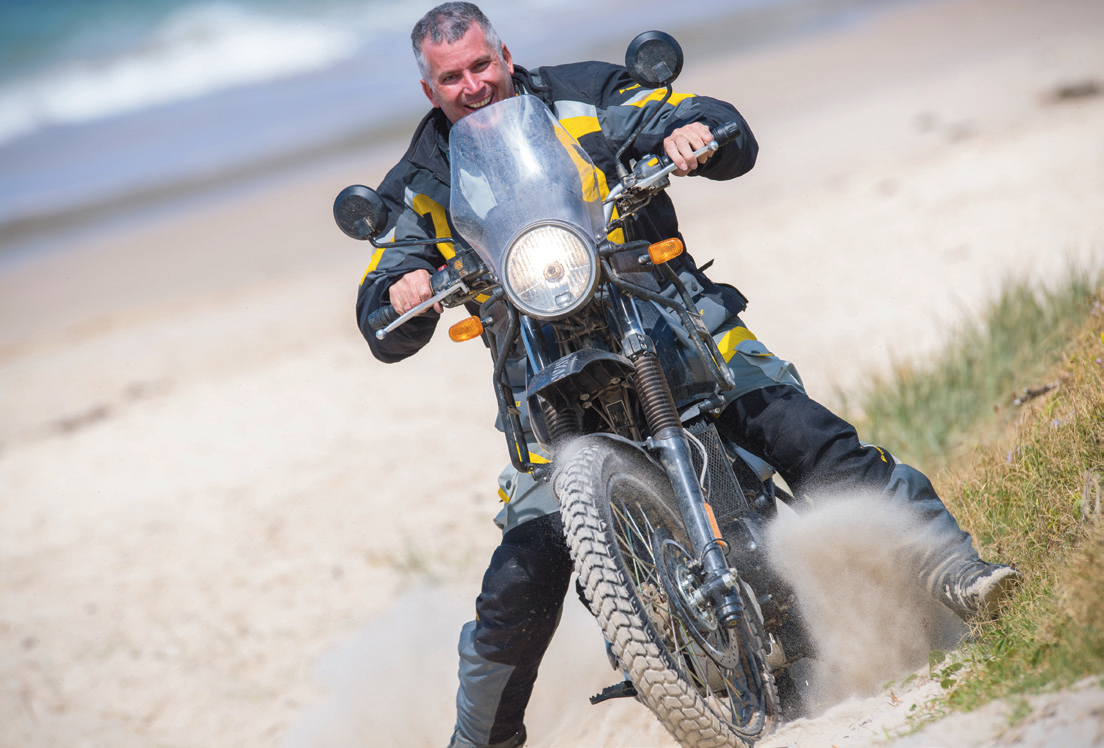 A pro-classer for goofing about and enjoying life.
A pro-classer for goofing about and enjoying life.
In its element
As usual, the importer set everyone up in a scenario where the bike would show its best. From Ballina on the NSW north coast the bunch of happy and easygoing media professionals made their way along some roughish asphalt backroads where the scenery varied from beautiful panoramas of mountains,valleys and rolling grassland to canopies of trees enveloping the roads from either side. The willing little 411cc motor meant street-legal speeds felt great and sightseeing was just a natural part of the ride, the suspension dealt with the choppy roads, braking was more than adequate, and both sitting and standing seemed equally comfortable – although the seat could probably use a little more padding. We heard some comments to that effect from other riders.
During the numerous photo and video stops the 800mm seat height meant it was easy to plop both feet on the ground to sit and wait, usually while enjoying a quiet yarn.
Fuel injection has given the throttle response a definite ‘feel’. The bike Adventure Rider Magazine had was just a little jumpy off low throttle openings, and when the fuel level was down to what must’ve been little more than fumes – thanks to someone not paying attention to instructions at the campsite – the motor registered its unhappiness by stalling when left to idle at intersections and giving the occasional miss on a trailling throttle.
That was the only time there was any difference between the carburetted version and the EFI version that we could tell. Otherwise it was business as usual.
We didn’t actually get to check the fuel consumption, because the bike had to be refuelled from the support vehicle and the trip meter had changed to counting down the distance into reserve before we checked it, but 15 litres on a fuel-injected 411cc single should give a range of some-thing around 250km or so, and we think that’s entirely appropriate on a bike like this one.
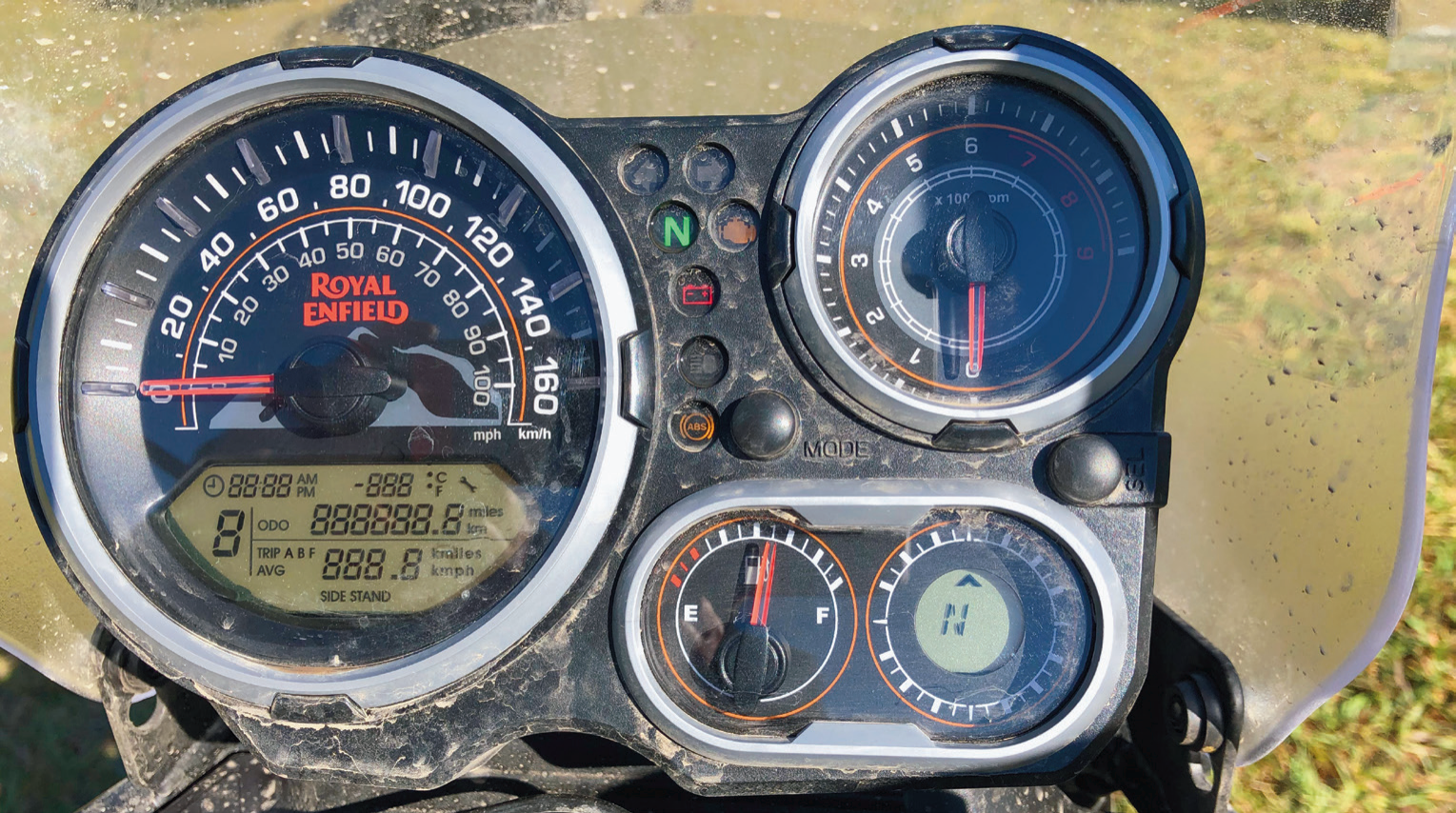 Easy-to-read instruments. The compass is especially cute.
Easy-to-read instruments. The compass is especially cute.
Treating it rough
Off the tarred road the Himalayan really comes into its own.
It’s not an enduro bike by any stretch of the imagination, and wouldn’t go head-to-head with any of the KTMs, for instance. But what it does do is cope. With just a little common sense from the rider there’s not much it won’t do.For the type of rider we expect would buy a Himalayan, it’s ideal. The low seat height and slim feel make it really easy for the rider to put their feet on the ground and waddle the bike wherever they want it to go…usually laughing and carrying on like a loon while they do it. With only just over 24 horsepower the Himalayan was never going be a big threat to The Environment, but a surprisingly good torque figure of 32Nm meant even tougher trails don’t stop the bike. It needs to be taken through harsh terrain at reduced speed and with an eye on the bike’s dualsport nature, but we never once felt it wasn’t going to conquer the tracks we aimed it at, and that was largely because it could be torqued through at fairly low throttle settings.
For those who are wondering, the ABS can’t be turned off, and there were a couple of heart-stopping moments on a downhill where things looked a little hairy, but it was largely due to a lack of care on our part. By that stage there was a lot of hooting and hollering going on and we couldn’t help but join in, putting the bike to the descent way faster than we should have (we made the overtake, though. Yeehah!). Aside from the ABS, both front and rear brakes did the job. They weren’t super strong, but they weren’t underpowered either. They worked fine.
As for the suspension, both front and rear will bottom out without a lot of provocation, and with luggage on board that would need some management. But still, where on other bikes we might’ve worried about that, on this bike we noted it, tried to remember to be responsible, then got on with hooning about and enjoying ourselves.
There’s a lot of that goes on with Royal Enfield’s Himalayan.
 No need to pull in the clutch to start the bike in neutral. We were surprised how convenient that was.
No need to pull in the clutch to start the bike in neutral. We were surprised how convenient that was.
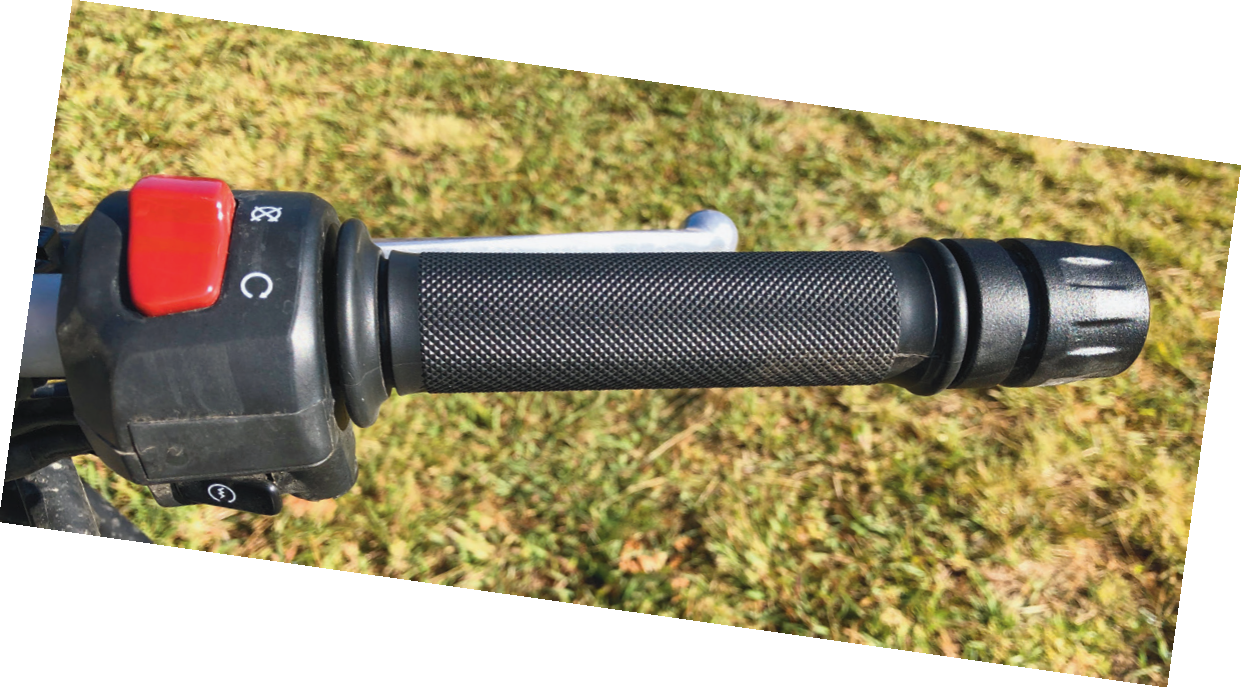 Simple. Like it.
Simple. Like it.
But seriously
That’s enough about how much we enjoyed the Himalayan, both in 2017 and now.
What’s it like to ride? It’s comfortable and capable. We scooted around plenty of bitumen country roads and loved the lazy, easy pace. The screen provided good protection from the wind-blast, we found the seat comfortable, even though it locked the rider’s bum into a single position, and while there’s not heaps of power to be tamed from the smallish motor, we never felt the bike would let us down. It chugged up hills,howled through a little bit of sand, got bogged up to the sump in some loose rocks – not our bike, thank goodness. One of the staffer’s – and hacked along some dirt road and rutted trail without presenting any problems we could find.
Both the brake pedal and the gear selector were easy to knock with a boot. The brake pedal is a big’n, and while standing we needed to move the right foot out a little on the ’peg to make sure we weren’t dragging the rear brake. The gear selector seemed like it only troubled us in second, when we’d occasionally knock it into neutral.
As a final thought the Enfield has a paper air filter. We don’t feel that’s likely to present a problem, but if anyone wanted to cover long distances away from reasonable-sized towns a foam filter which is easy to clean might be a good idea.
Other than that there’s not much to tell. The Himalayan is free from any real vice or problem as far as we could tell.
 The willing little 411cc motor meant street-legal speeds felt great. Good torque was big help off-road.
The willing little 411cc motor meant street-legal speeds felt great. Good torque was big help off-road.
Around the world
At the outset Royal Enfield said the bike was designed to be ‘ridden through the Himalayas’, and while we’ve never done that trip, we can imagine it being an ideal choice for that challenge. If we were heading out to cover a lot of distance over terrain we weren’t sure about, we’d be happy to take the Himalayan, especially with the panniers we saw on one of the staff bikes. They looked like they mounted well and were a great size.
But after all that, we still think it’s the sheer, simple fun that makes this bike so appealing, and we felt that appeal was huge. We can’t wait for the next chance to get back on a Himalayan.
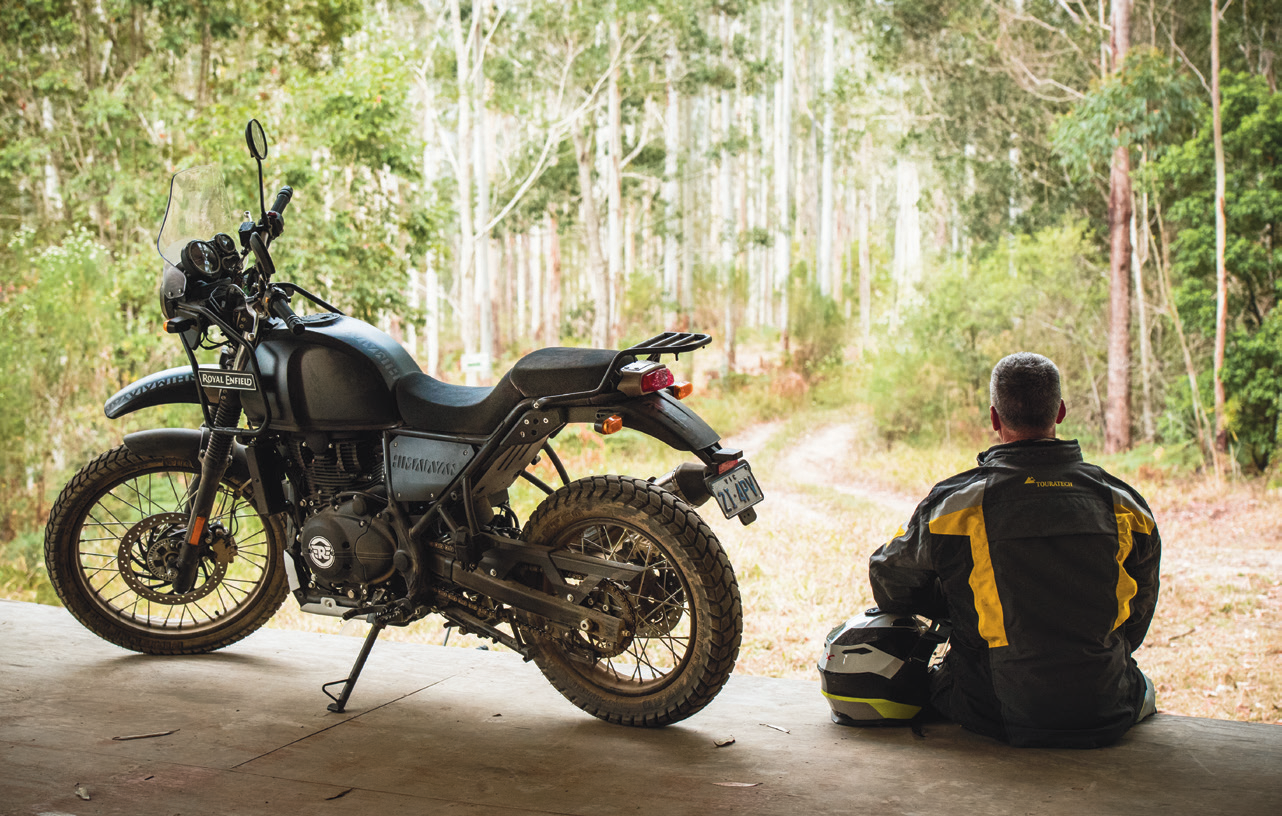 It’s the type of bike which takes riders to places places where time doesn’t seem to matter so much.
It’s the type of bike which takes riders to places places where time doesn’t seem to matter so much.
Royal EnfieldHimalayan
Web: royalenfield.com.au. Rec retail $6490 plus on-road costs.
Warranty: 24 months or 20,000km + two years roadside assist.
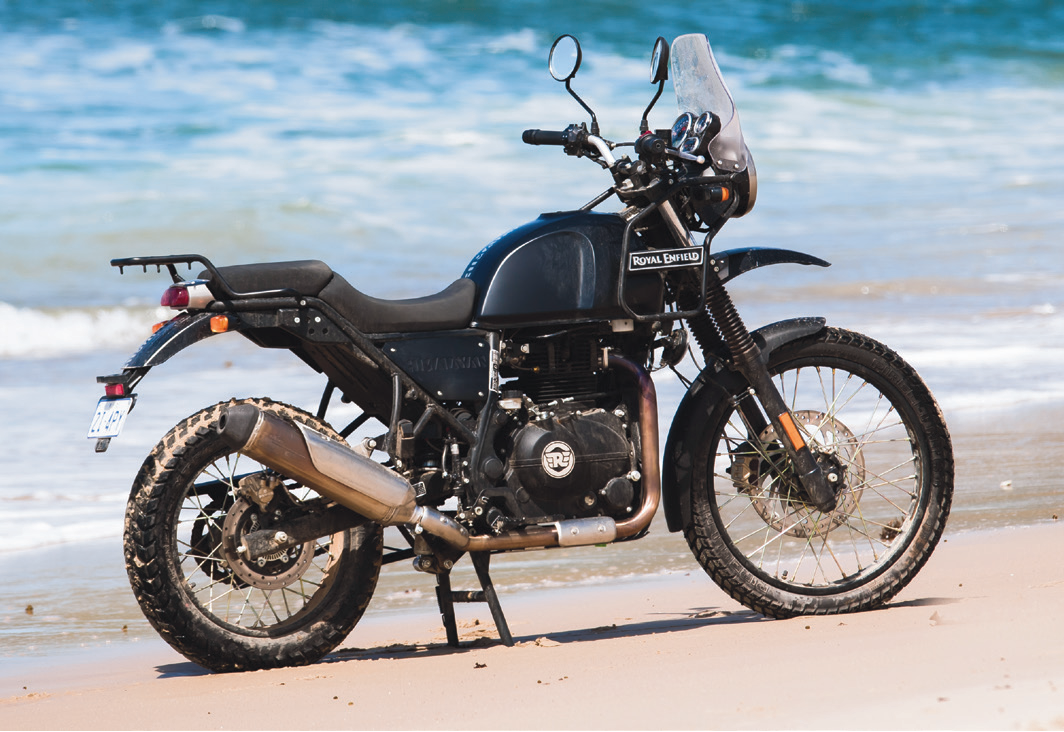
Engine type: Single cylinder, air-cooled, SOHC four-stroke
Displacement: 411cc
Bore/stroke: 78mm x 86mm
Compression ratio: 9.5:1
Maximum power: 24.5hp (18.02Kw) @ 6500rpm
Maximum torque: 32Nm @ 4250rpm
Ignition: Digital electronic
Clutch: Wet, multi-plate
Starter: Electric
Transmission: Five-speed constant mesh
Lubrication: Wet sump
Engine oil: Semi-synthetic 15W 50 API, SL grade and above JASO MA 2
Fuel supply: Electronic fuel injection
Air cleaner: Paper element
Electrical system: 12-volt DC
Battery: 12-volt, 8 AH MF
Headlight: 12-volt H4 60/55-watt
Taillight: LED
Turn-signal lamp: 12-volt, 10-watt x 4nos
Rear-wheel drive: Chain
Frame: Half-duplex, split-cradle
Front suspension: Telescopic, 41mm forks, 200mm travel
Rear suspension: Monoshock with linkage, 180mm wheel travel
Brake front: 300mm disc with two-piston floating calliper
Brake rear: 240mm disc with single-piston floating calliper
ABS: Dual channel
Front tyre: 90/90-21
Rear tyre: 120/90-17
Fuel capacity: 15 litres (+/- 0.5 litres)
Length: 220cm
Width: 840mm
Height: 1360mm (fly screen top)
Seat height: 800mm
Ground clearance: 220mm
Wheelbase: 1465mm
Kerb weight: 191kg
Colours: Himalayan Snow. Himalayan Granite. Himalayan sleet.

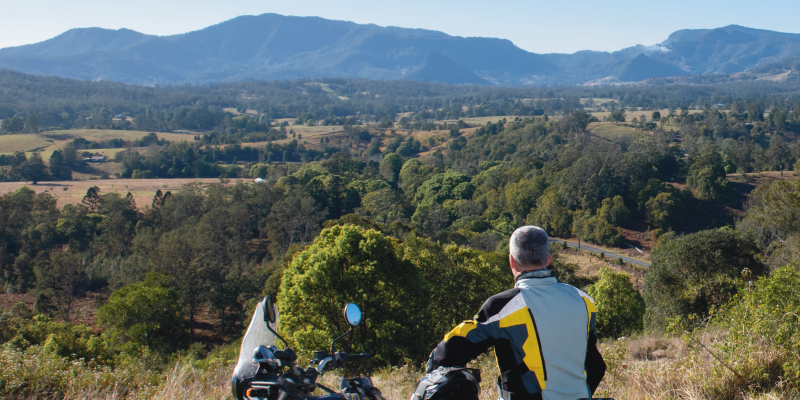





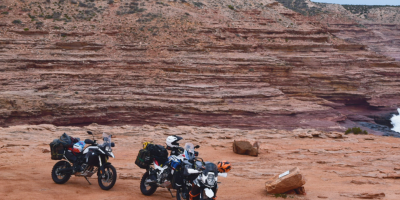






Comments